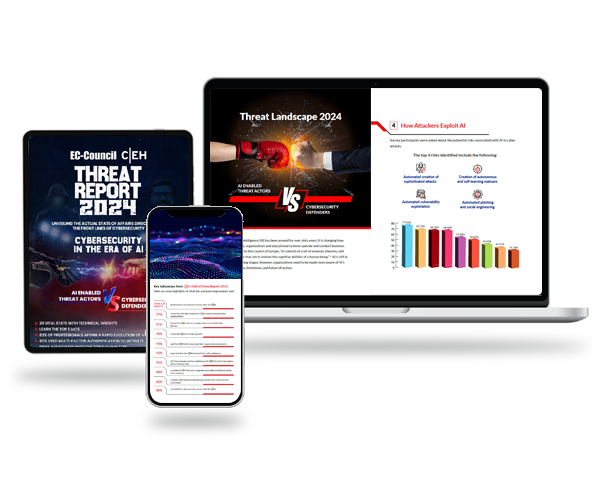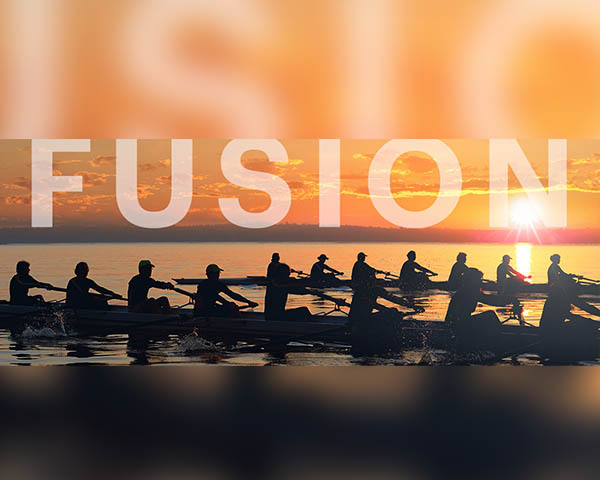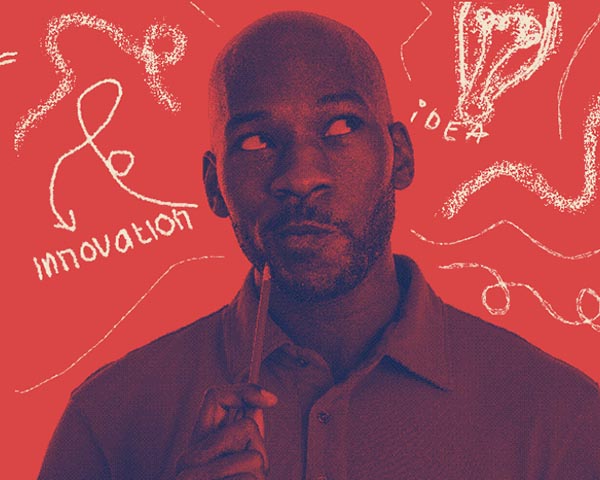- 087 941 5764
- impactful@lrmg.co.za
Articles

Love this. Share it Now!
Africa’s journey is nothing short of remarkable. It’s a continent that’s brimming with energy and potential. By 2050, Africa is poised to have a workforce of over 1 billion people, with an astounding 60% being under the age of 25. This demographic dividend offers a once-in-a-lifetime opportunity for businesses to tap into the world’s largest labour force and use technology as a multiplier of impact on the continent and in lives.
To seize this opportunity, we – as individuals and organisations – must collectively tackle the challenges that lay ahead of 2050.
In this multi-part series on potential, we’ll set off on a journey to explore how, together, we can create a more progressive future for both businesses and individuals on the continent, using technology as a catalyst.
It all starts with understanding the table-stake: Africa’s skills gap.
Africa’s skills gap has its roots, frustratingly, in long-standing infrastructural challenges. Many regions still grapple with issues like unreliable electricity, limited access to the internet, high data costs and a lack of basic services. These challenges limit the spread of education, making it difficult for citizens to access quality learning that can help them get ahead.
In the face of these challenges, acquiring essential technical skills for the modern world becomes a tall ask.
Nevertheless, we must remember that challenges are stepping stones. Africa’s journey is marked by resilience, and overcoming infrastructural hurdles is an opportunity to build a stronger, more inclusive future.
The skills gap extends further, though, encompassing a narrow talent pipeline and a severe lack of opportunities for skills development. Learning systems often lag behind current advances, resulting in outdated curricula that’s out of sync with the industry.
As if that wasn’t challenging enough, the absence of apprenticeships, internships, and learnership programmes scale the divide between education and employment. Graduates often find themselves ill-prepared to meet the demands of the job market and the world they’ll need to compete in.
But this is not a roadblock; it’s a call to action.
The ripple of the skills gap extends all the way through enterprise and its C-suite – and while this presents many challenges, it also holds potential opportunities for growth and innovation in these same spheres.
1. Pressure on businesses
The scarcity of a skilled workforce presents a complex challenge for businesses across the continent. Research recently conducted by VansonBourne (November, 2022) indicates as much: 46% of businesses who lacked technical skills couldn’t meet their client needs, 53% suffered education innovation capacity and 60% have lost customers. This pressure forces organisations to innovate, adapt, invest and adopt in nurturing talent that can make a difference. Instead of being a burden, this pressure becomes a catalyst for so much more.s process, businesses not only become more resilient but also become more competitive.
Chief Information Officers (CIOs) and technical leaders are at the fore of this transformative journey. They are tasked with navigating the technical landscape with resourcefulness and innovation. The skills gap is not a roadblock but an opportunity for them to shape the future of their organisations.
Africa is no stranger to challenges and difficulties. Grit and perseverance are hard-wired into our DNA and have helped us overcome insurmountable difficulty. The skills gap is no different. Together, as businesses, as individuals and as problem solvers, we can create the progress and impact necessary to enable citizens and future talent to thrive in an ever-changing world. If we can do that, we can realise the continent’s destiny as the world’s labour force by 2050 – and beyond.
So, what next? Which skills are fuelling this big need? Why those skills in particular and what do we need to do as a continent to better prepare young talent for them? That next step we’ll take in Part 2.























































